
Ten-year-old Joshua Badillo leads the way, on his bike. “I go this way, every day to school," he says.
He didn’t used to.
The alley used to be lined with graffiti, overflowing dumpsters, even dead rodents.
"How it's changed is that in the old times, when I came here, driving my bike or walking, the only thing I saw was trash," Badillo said. "Now, it’s looking nice.”
Now, he says, kids use it all the time, to walk to school, play soccer, ride skateboards and bikes. That’s because residents teamed up with community groups to clean it up, ditching the dumpsters, and painting colorful murals and mountains on its walls. Norma Brambila helped lead the transformation of what’s now called “Friendship Alley.” She said, through a translator, that the health of her five kids was a big motivation.
“That’s why I do it. That’s why the volunteers do it is because we want to see more physical changes, more healthy options for our kids," Brambila said.
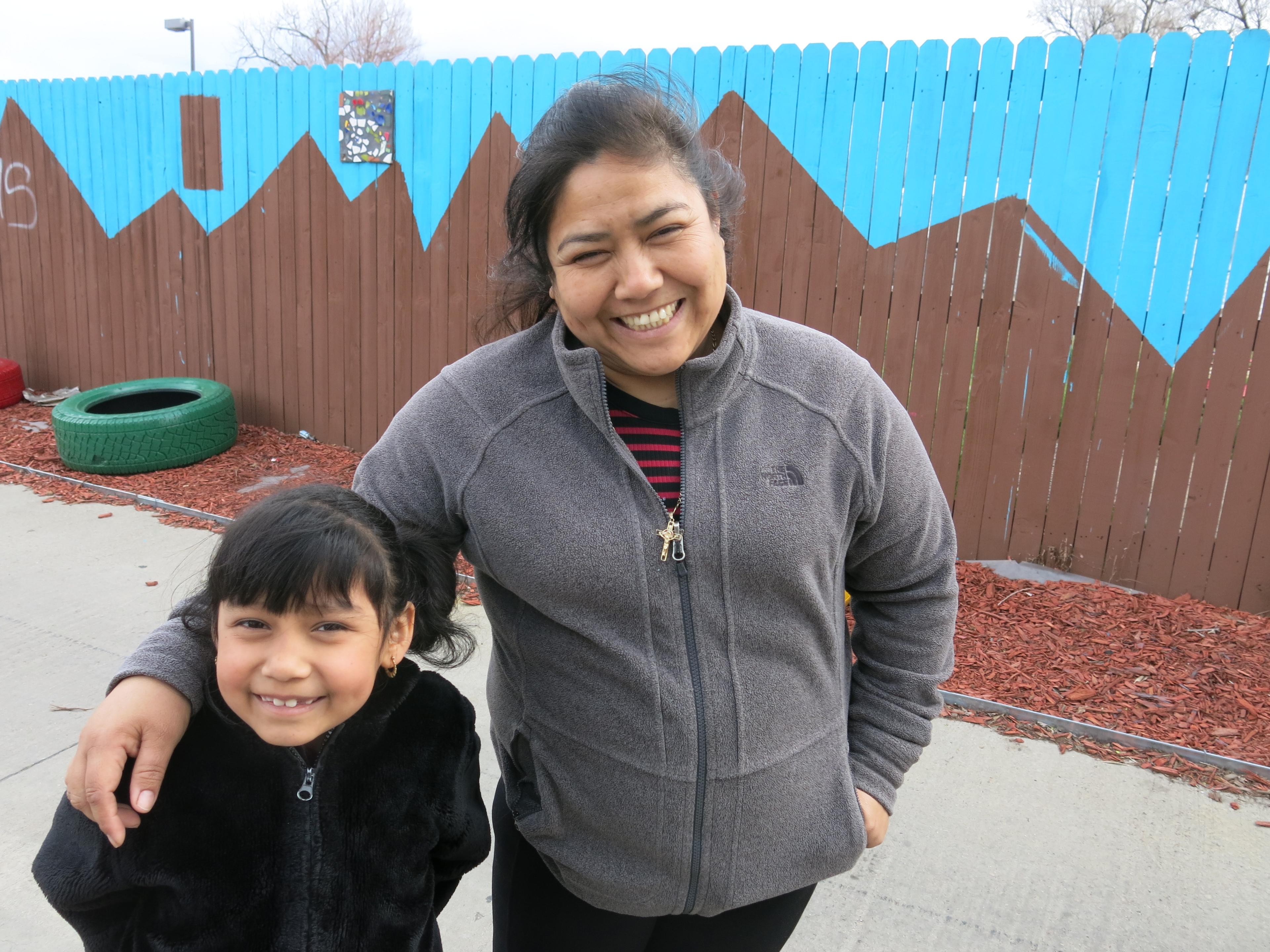
The work on the alley is part of a broad push to improve what’s called the “built environment” in Westwood, southwest of downtown. It’s part of a national movement to improve health by improving infrastructure -- everything from parks and paths to better lighting -- to encourage folks to get up and keep moving.
The approach makes a lot of sense to Dr. Tista Ghosh, the deputy chief medical officer with the Colorado Department of Public Health and Environment. She says obesity is a common link among deadly diseases like Alzheimer's, diabetes and heart disease.
But the neighborhood has a lot of hurdles to overcome, said Rachel Cleaves, who directs the community group Westwood Unidos. "Westwood is definitely a place that is auto-oriented and it’s very difficult to feel safe and comfortable walking."
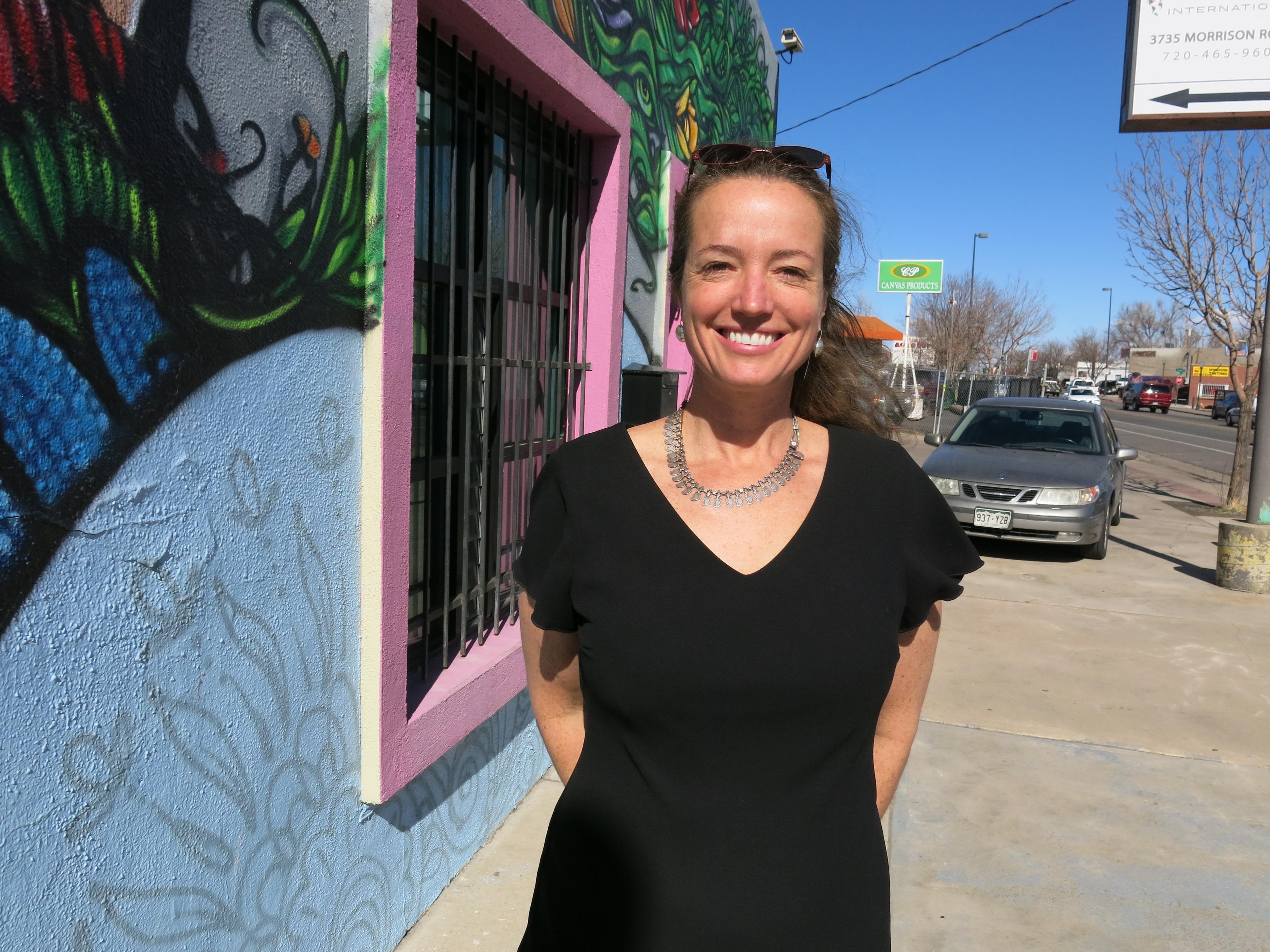
The largely Hispanic neighborhood is the youngest and one of the poorest in Denver, she said. It has no grocery stores, no recreation center, few parks and the city’s highest childhood obesity rate.
"It’s just kind of a lot of things going on to make it difficult for a child to be thriving and healthy," Cleaves said.
Obesity is a growing problem in Colorado and across the county, but it hits Hispanics particularly hard. The 2016 Colorado Health Report Card found the state ranked fifth in the nation for child obesity, but its Hispanic children ranked 33rd.
Maricruz Herrera says her three kids struggle with obesity. A lack of easily accessible, safe exercise options is an obstacle.
“It’s really hard for me to say to my kids, ‘No, you can’t play outside, or just play inside of the house,'" said Herrera, one of dozens of neighborhood residents who turned out to celebrate the opening of La Casita Community House in March.
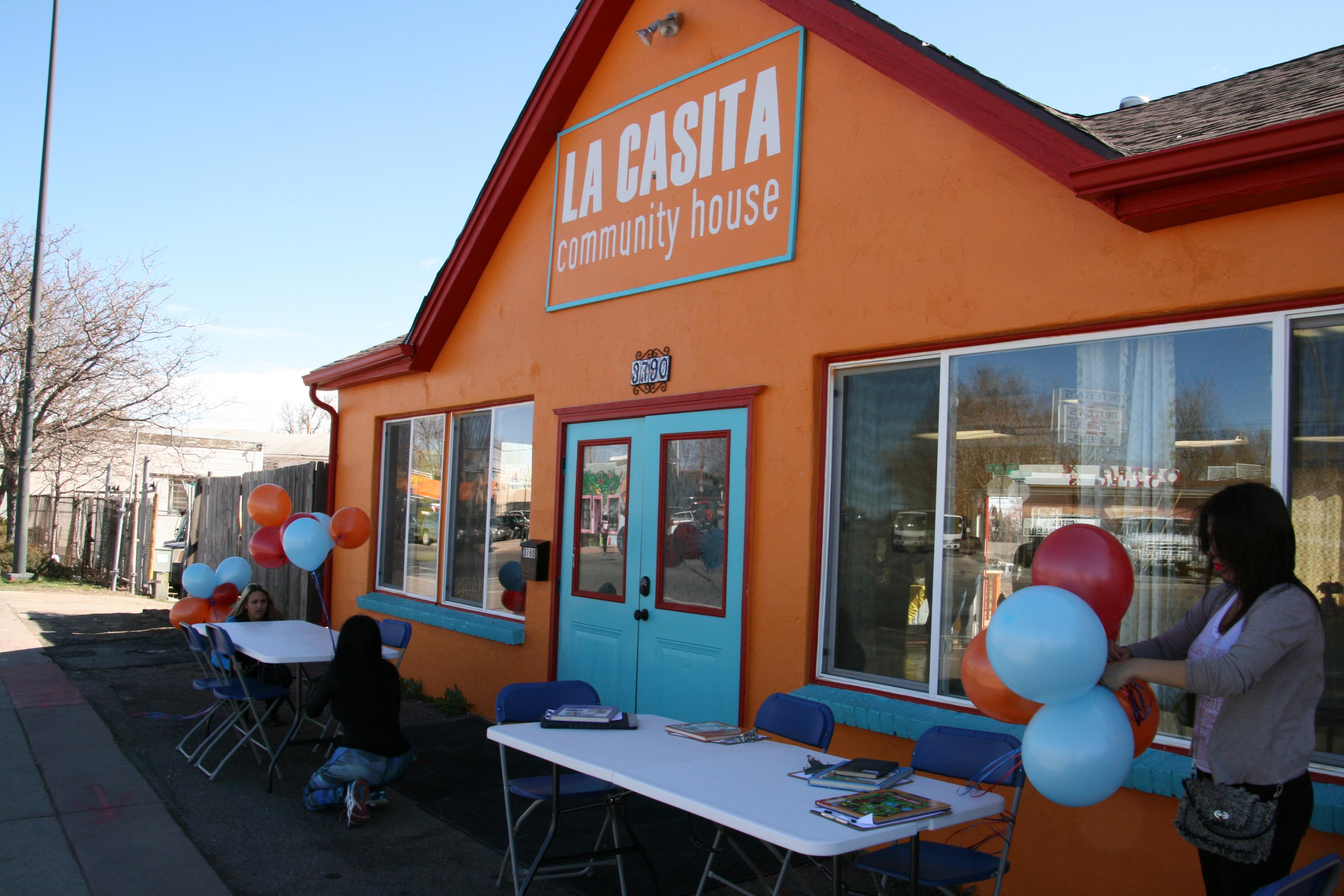
The once-abandoned site is now a remodeled bright orange building that will host everything from motivational classes to nutrition and Zumba.
“It absolutely can make a difference," said Gretchen Armijo, Denver's built environment administrator -- a new position that started just a couple of years ago. She cited research that found only about 30 percent of our health is determined by genetics and family history. So, the rest, 70 percent, is shaped by things like social, environmental and economic factors, as well as health behaviors.
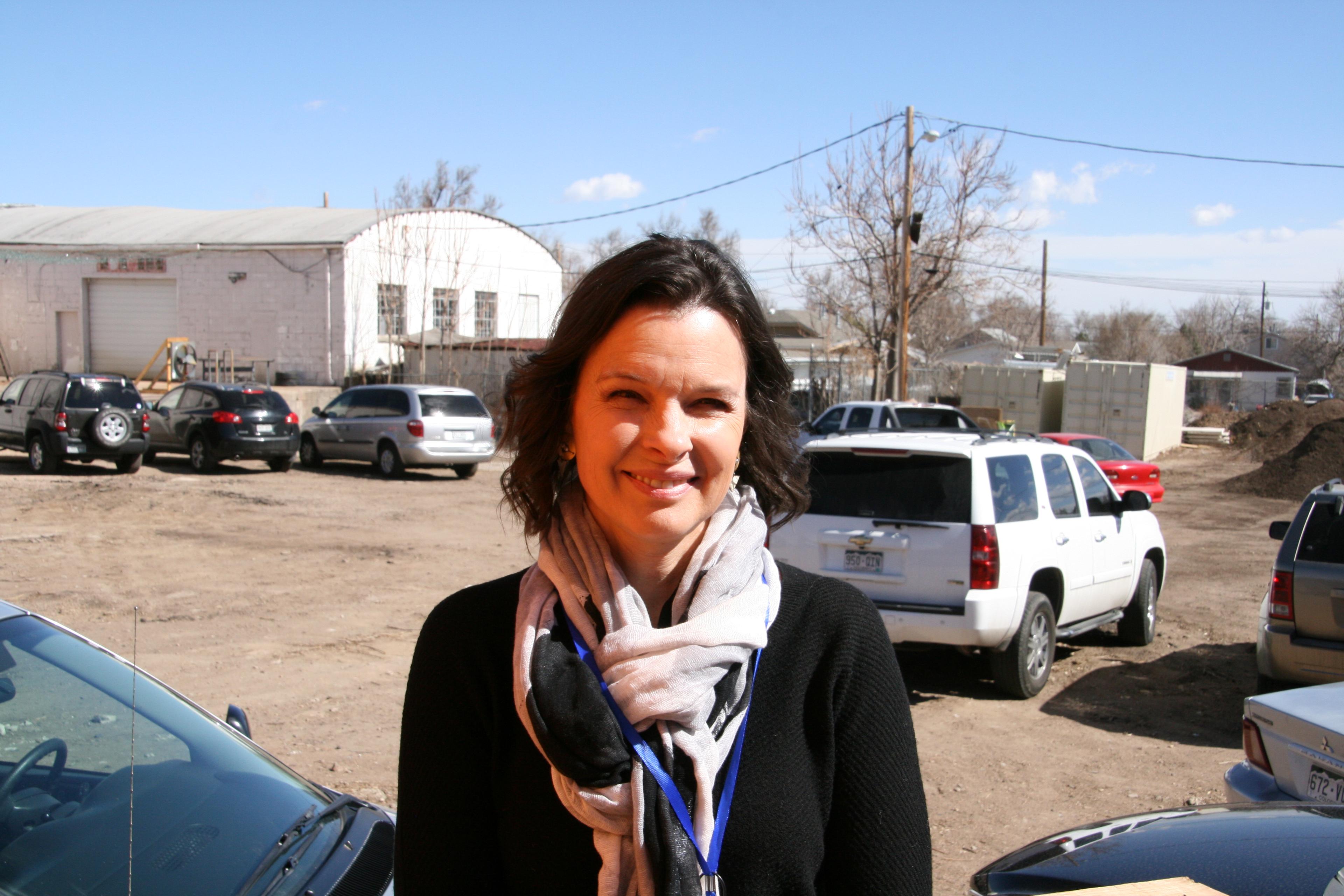
"When you have the youngest neighborhood in Denver, and most children, and the least amount of parkland, that’s a mismatch that really can make it difficult for kids and their families to stay healthy," said Armijo.
City Councilman Paul Lopez represents this district. "I grew up here, I’m born and raised here. From when I can remember there’s always been more liquor stores than there has been grocery stores," said Lopez. "That’s a problem."
But he says things are starting to turn around. The neighborhood won a $1 million grant in 2013 from the Colorado Health Foundation, as part of its Healthy Places Initiative.
The foundation chose three communities to participate in the initiative: Westwood, the southeast portion of Arvada, and Lamar, on the plains in southeast Colorado. The aim is to help them, as its website states, become "healthier places to live, work and play."
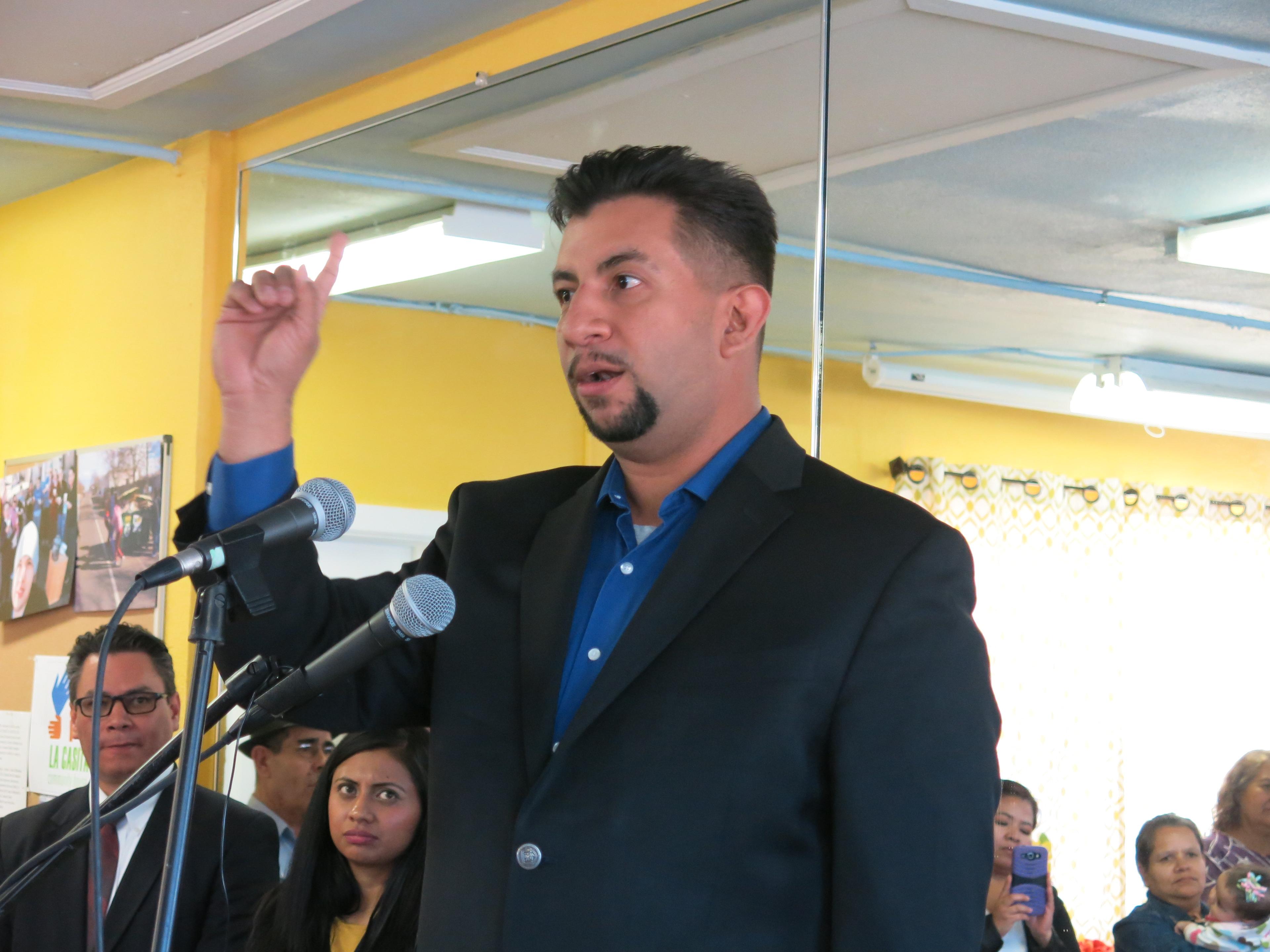
Jaclyn Lensen, the foundation's Healthy Living communications manager, said the initial investment has helped encourage residents and community groups to pitch in. "From this we've seen community engagement at all-time highs in these communities," Lensen said.
In Westwood, due to that funding, a vacant lot is being turned into a new park and an existing park is getting a big facelift. A new stop light has been installed to slow traffic on a main street through the neighborhood. A new bus route links residents to a nearby light rail stop. Bus shelters and pedestrian lights are being installed.
There also are now 400 backyard gardens and a new food co-op is in the works, through a partnership with the non-profit group Re: Vision.
Lopez said projects like the spruced up alley, and La Casita, are just the start.
“This is a milestone," said Lopez. "It’s basically a community center in an area that does not have that many spaces for community centers and this is a big deal.”
The health department’s Ghosh agrees. She says major public health crises like the Zika virus or Ebola may grab headlines, “but the main things that affect Coloradans are things that affect obesity.”
Things, she says, like the built environment they live in.









